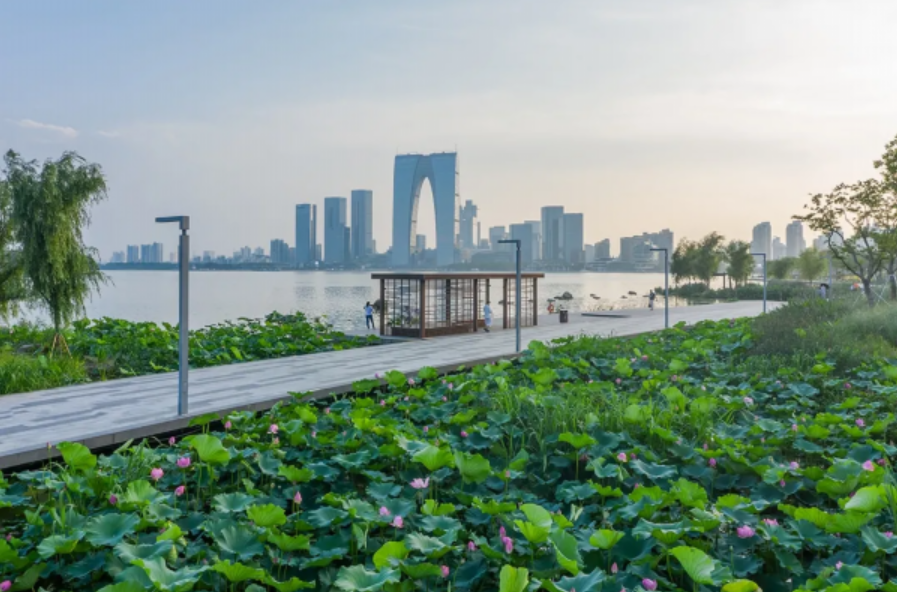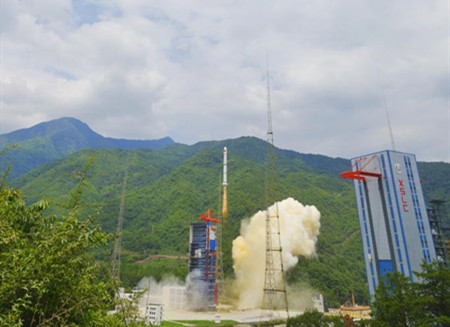COVID-19 infection sub-critical care units have been set up in Jiangsu to start critical screening and early warning intervention so as to carry out early detection, early intervention and early treatment of severe and critical patients.
At 10 a.m., Grandpa Xie, a 68-year-old Nanjing citizen who had been hospitalized for 8 days in the sub-critical care area of the Affiliated Zhongda Hospital of Southeast University, had reached the rehabilitation standard after diagnosis and was about to leave the hospital.
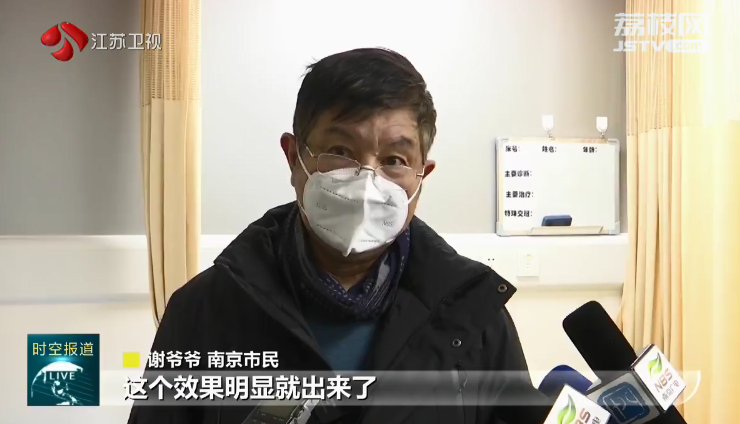
Grandpa Xie, Local Resident
I have basic diseases, including slight cerebral hemorrhage, and my blood pressure is also high. When I was admitted to the ward, I had difficulty breathing. The doctor asked me to lie on my stomach and cooperate with the treatment. Three days later, the effect was obvious. Today, I feel relaxed.
Recently, the Affiliated Zhongda Hospital of South University has coordinated to divide the hospital beds into comprehensive severe disease area, sub severe disease area, comprehensive disease area and conventional disease area, so as to ensure the realization of hierarchical diagnosis and treatment, classified treatment and hierarchical treatment.

In the sub severe disease area, nearly 50 beds were added, and critical medical treatment equipment such as respirators and visual laryngoscope were installed in advance to relieve the pressure of emergency, fever clinics and critical wards.
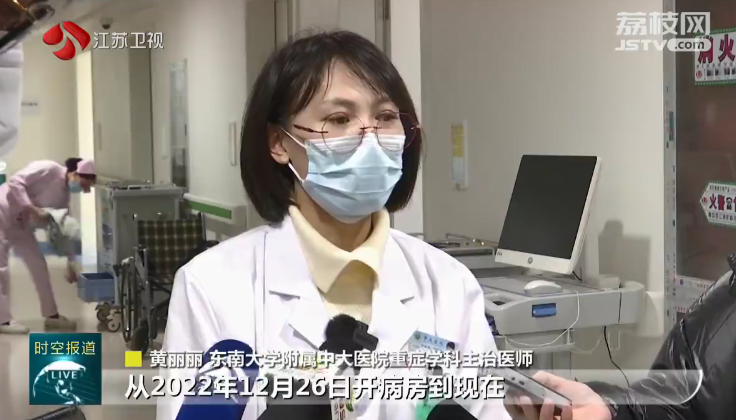
Huang Lili, attending physician of the Department of Critical Care in the Affiliated Zhongda Hospital of Southeast University
Since the ward was opened on December 26, 2022, we have treated about 60 to 70 patients. Yesterday, several patients were discharged. Today, it is estimated that 4 to 5 patients, have been discharged. The significance of the existence of the sub intensive care unit is to prevent this group of patients with some symptoms, such as slight respiratory distress and asthma from developing into severe patients.
At present, the Affiliated Zhongda Hospital of Southeast University has treated nearly 1800 patients, 80% of whom are over 65 years old.
In view of these high-risk groups with severe COVID-19 infection, experts suggest that the elderly should regularly monitor blood oxygen indicators at home and adopt prone position ventilation.
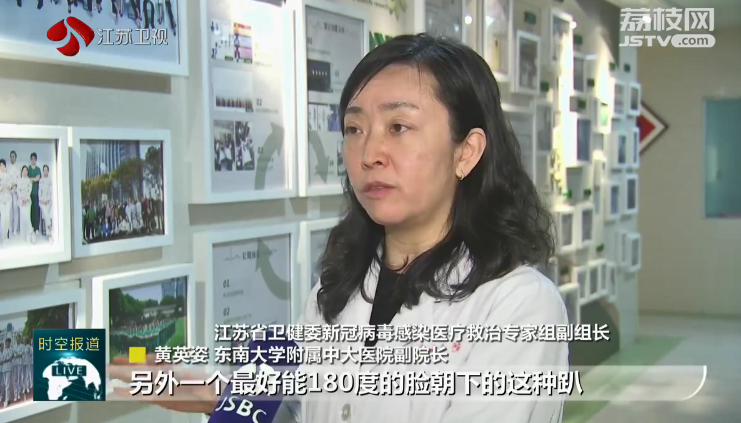
Huang Yingzi, Deputy Leader of the Expert Group for Medical Treatment of COVID-19 Infection, Jiangsu Health Commission/ Deputy Director of Affiliated Zhongda Hospital of Southeast University
We generally advise patients not to eat too much. In addition, it is better for the patient to lie face down at 180 degrees, preferably once every two or three hours. If you are a patient with viral pneumonia, we hope that the total time of lying on the stomach will exceed 12 to 16 hours within 24 hours a day, which may be more effective than any medicine. Therefore, we strongly hope that the elderly will try their best
to lie on their stomach, and then the family members will try their best to encourage them, accompany them, and supervise them to do so.



